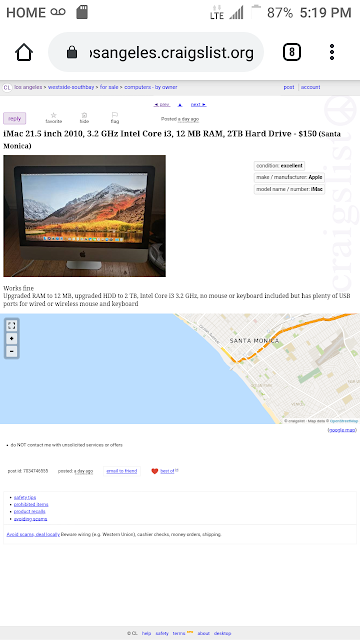Buffalo meat is naturally tender and extremely flavorful. However, the taste and tenderness of the meat is directly related to how the meat is cooked.
The buffalo meat should be cooked slowly at low to medium temperatures. Buffalo meat cooks faster than beef. As there is no fat to act as an insulator to the meat, the meat is cooked directly.
Recommended cooking range is rare to medium and internal temperatures should be 135 degrees - 155 degrees Fahrenheit.
Steaks
Buffalo steaks come in a wide variety of cuts, all comparable with beef. Most butchers and/or meat producers will cut steaks to customer specifications (1”-1 1/4” are preferred).
Methods of cooking steaks include: grilling (outdoor or on top of stove), pan sautéing, broiling, and stir frying. Do not overcook; readjust thinking as well as the heat source.
Grilling time will vary depending on the temperature of the coals and whether the meat is placed on or off the rack. An instant read thermometer comes in handy for outdoor grilling. Remember to pull the steak off or out of the heat when it is slightly rarer than you like. The steaks will continue to cook when it is out of direct heat.
Steaks do not need additional liquid, sauces or marinades unless desired. Frequent turning of the meat is recommended.




















